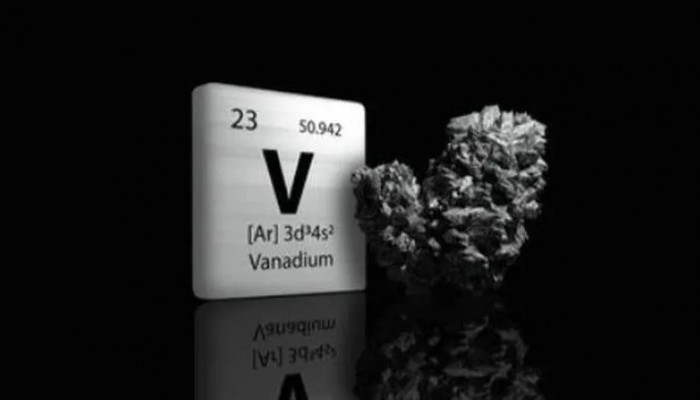Rare metal Vanadium discovered along the Gujarat coast
- In Reports
- 12:21 PM, Sep 20, 2023
- Myind Staff
In a significant development, sediment samples collected from the Gulf of Khambhat, near Alang in Gujarat, have revealed the presence of vanadium, a critical raw material essential for various industrial applications. Notably, vanadium has been somewhat of a rarity within India's natural resource landscape. Considering the country’s long efforts to boost EV production, this revelation comes as a boon for the industry as vanadium is used as a crucial raw material in making batteries.
The prospective new source of vanadium was discovered by the Geological Survey of India (GSI). B Gopakumar, a researcher from the Marine and Coastal Survey Division (MCSD) of GSI, Mangalore, in an article published in the magazine ‘Nature,’ referred to this finding as the first occurrence of Vanadium in the offshore sediments of India, the report stated.
Being a scarce element that is rarely found in its pure form, vanadium manufacturing is costly. It can be discovered in 55 distinct minerals. But in the Gulf of Khambhat, it has been discovered in the mineral titanomagnetite, which is a product of the rapid cooling of molten lava.
Researchers suggest that the vanadiferous titanomagnetite deposits in the Gulf of Khambhat may have been transported from the Deccan basalts region through the Narmada and Tapi rivers. Vanadium’s importance lies in its applications, particularly in defense, aerospace, and energy storage solutions. Alloys of vanadium with titanium and aluminium are critical in manufacturing components for jet engines and high-speed aircraft frames.
Vanadium can prove extremely beneficial as it is an industrial raw material and has applications across the defense sector and aerospace as well. According to experts, Vanadium can be used to strengthen steel and titanium and Vanadium redox batteries for energy storage. When mixed with titanium and aluminium, it is also used in jet engine parts and electrical components due to its durability against corrosion and high temperatures. Moreover, it finds application in the production of vanadium redox flow batteries as well, which show great potential for large-scale energy storage solutions. Small amounts of vanadium have been previously discovered in regions such as Arunachal Pradesh, Karnataka, Odisha, and Maharashtra.
In February this year, the Geological Survey of India (GSI) made an equally momentous discovery, unearthing 5.9 million tonnes of lithium reserves in the region of Jammu and Kashmir. This finding resulted in widespread excitement among key stakeholders in the automotive industry and government officials. They hailed it as a game-changing breakthrough, extolling the potential of these reserves to fuel India's target of achieving net-zero carbon emissions and promoting domestic electric mobility.
Another lithium reserve was found in Rajasthan's Degana and reports say it could complete India's 80% requirement of lithium if the areas are feasible for mining. The government called the discovery a game changer as it could achieve PM Narendra Modi's target of zero emissions by 2070.
Image source: Shutterstock







Comments